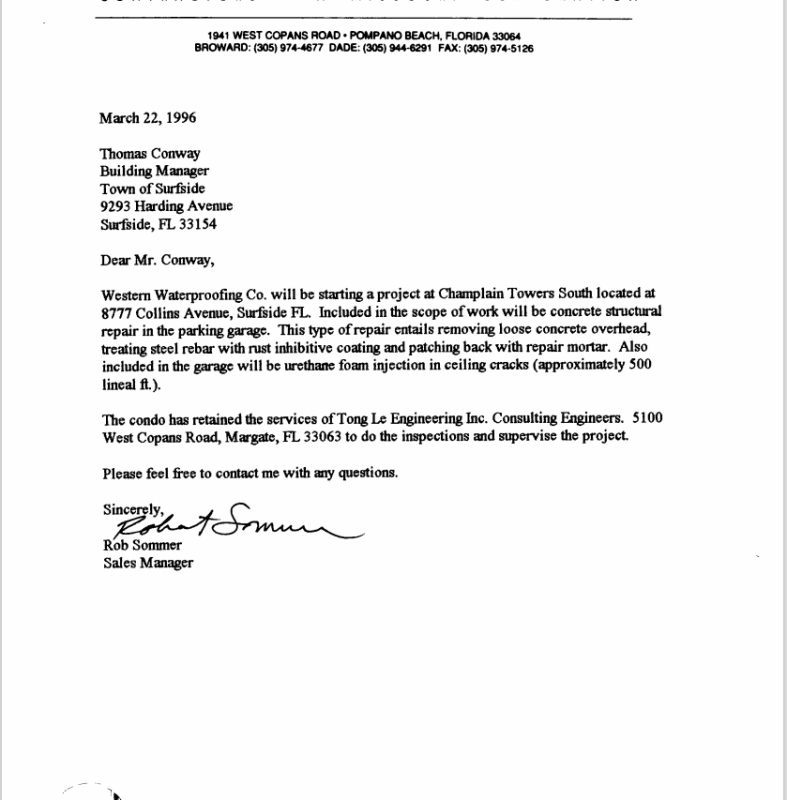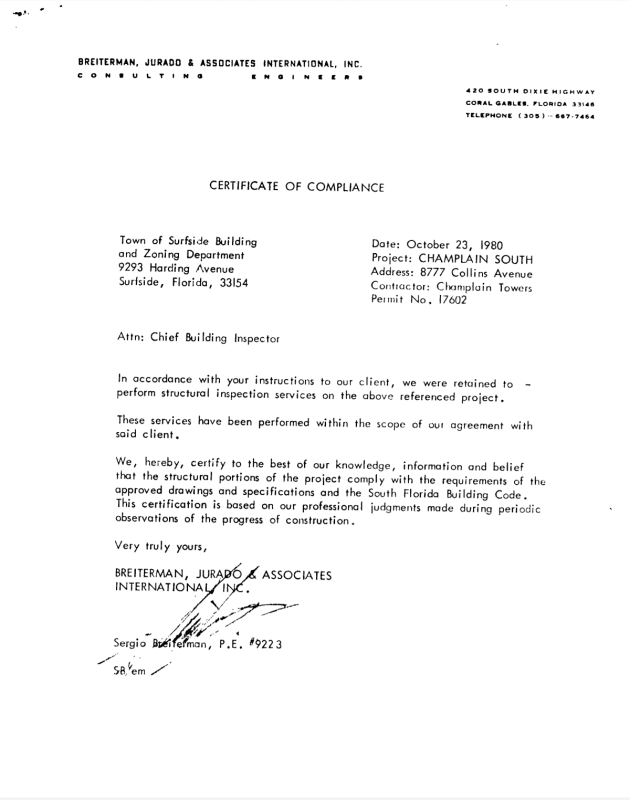Seppe
Structural
- Mar 8, 2016
- 53
Continue...
Previous thread (Part 06)
[link ]
[/url]
Previous thread (Part 06)
[link ]
[/url]
Follow along with the video below to see how to install our site as a web app on your home screen.
Note: This feature may not be available in some browsers.

Colostruct said:But. You ask who is the ONE person responsible for the safety of a building.
And, as much as some would like that to be the EOR that just isn't the case.
A complex building requires the observations and testing of dozens of professionals. I might direct their work but I am not responsible for it. Does that make any sense?
Could you please attach the PowerPoint file, so we can all zoom in?MarkBoB2 (Electrical)21 Jul 21 21:09 said:then pasted into a PowerPoint document to enable using its powerful zoom capabilities
spsalso said:the person who was supposed to inspect the implementation of the structural design

BecauseSurfside said:Because Surfside
I will post a timelapse soon that shows where the water comes from
There will be a full moon on Friday. Tune in at 9 am for high tide; and 11 to 1 when the tide is going out. Let's see if the water is higher at 9 than it is at 1pm
